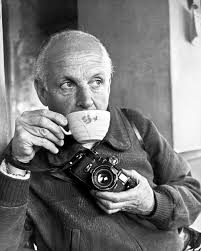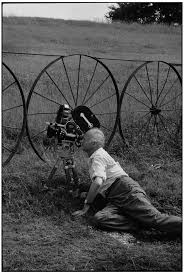Henri Cartier-Bresson (A surreal friendship)
‘Cartier-Bresson’s famous theory The Decisive Moment, which taps into the idea of the irrational unconscious making itself known in the split second that a photograph is taken, could be read as a product of an environment of the surrealist thinking that dealt in the construction or capturing of dreamlike imagery.’
I will take inspiration from this to create my own decisive moments. Moments of friendship which will in turn correlate to union.

Henri Cartier-Bresson (How he snapped his images)
“Why was that man taking our photograph”
The woman Bresson photographed goes on to say that he was short and hidden behind a tree. I want to take my images in a similar way to capture a pure essence of friendship, something that isn’t staged but is really being felt.

Who was Henri Cartier-Bresson?
‘To tell Henri Cartier-Bresson’s story and to unravel his work is essentially to tell the story of a look.’
I will use this to my advantage, by having the people I am photographing be working on a car or enjoying playing sports I will not be an obstruction but rather a person looking in, by not being involved in what they are doing, I can move myself and the camera around them to get different angles of this look.

Henri Cartier-Bresson developed a passion for filmmaking in the 1930’s. He studied cinema with Paul Strand in New York in 1935. When he returned to France, he was hired as the second assistant director to Jean Renoir in 1936 for La vie est à nous and Une partie de campagne, and in 1939 for La Règle du Jeu.

